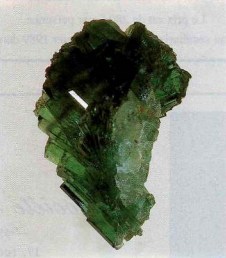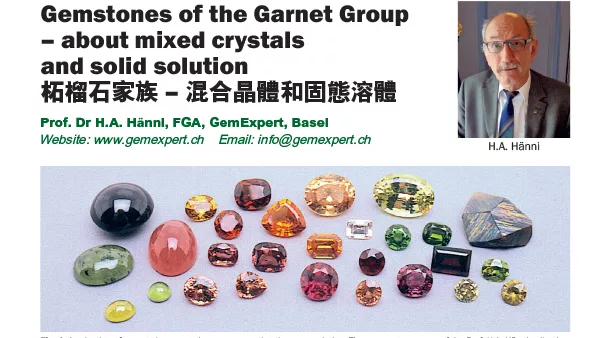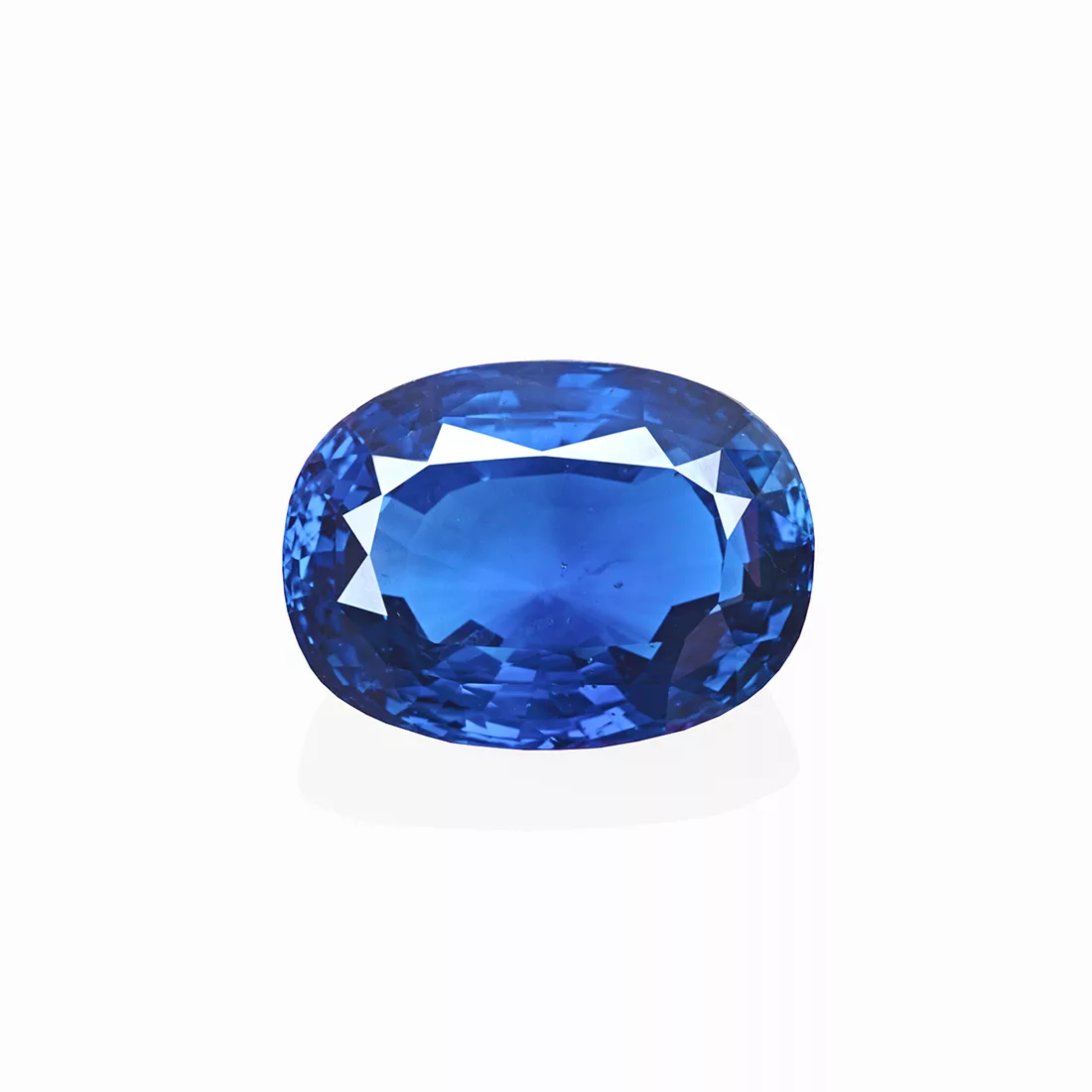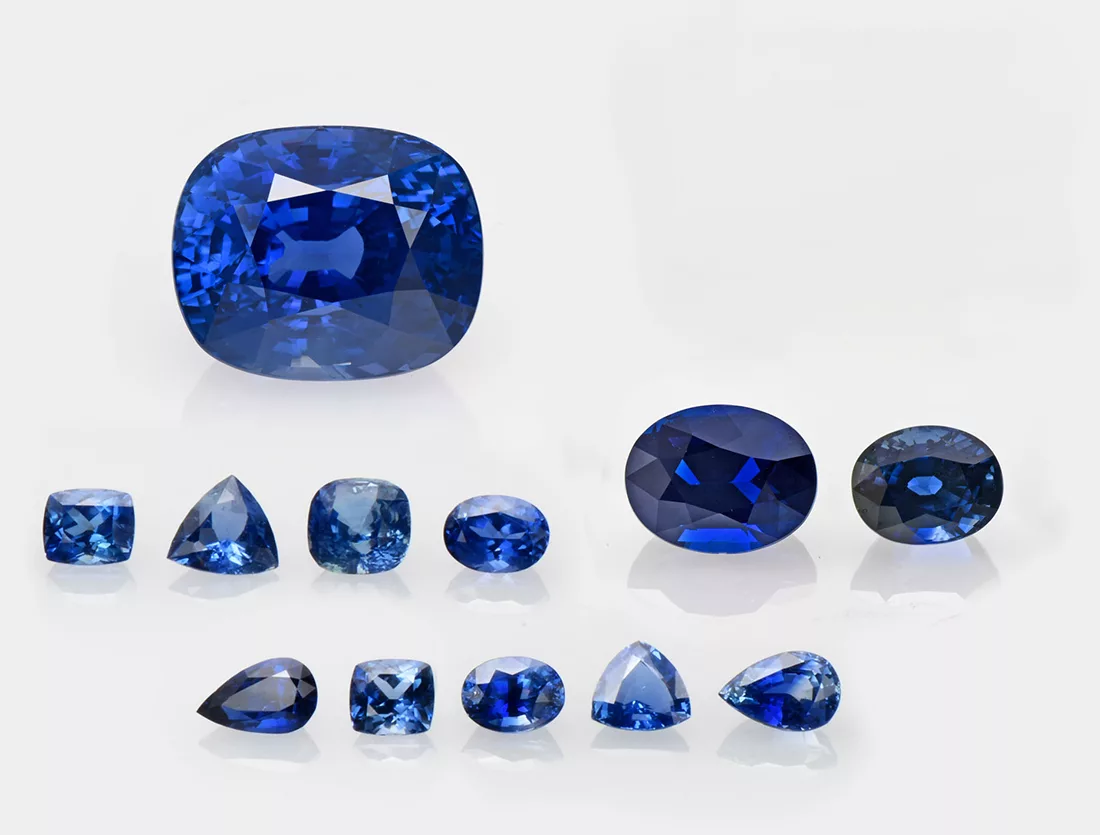
Sapphires from Ambatondrazaka, Madagascar
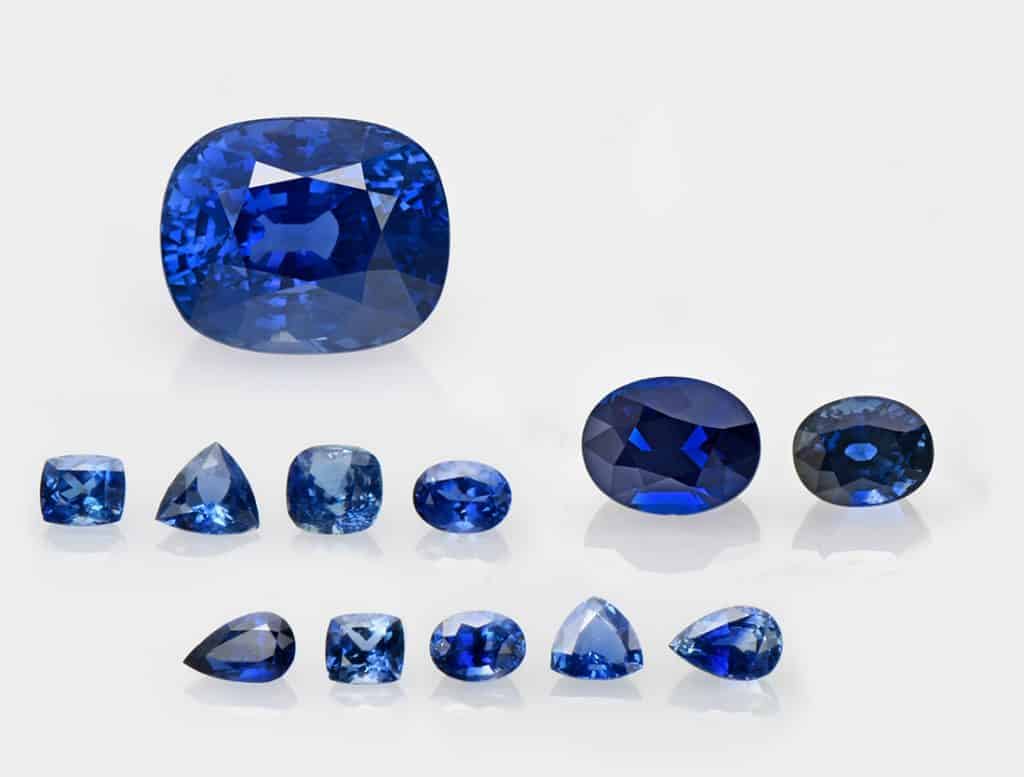
by Dr. Michael S. Krzemnicki, first published in Facette 23 (February 2017)
Madagascar, an island of many gem treasures, saw in recent months another ‘sapphire rush’ after the discovery of a new gem deposit about 35 km east of the small town of Ambatondrazaka (Perkins & Pardieu 2017). With about 50’000 artisanal miners working the gravels of this secondary alluvial deposit, this new site has so far reportedly produced quite an impressive amount of mainly blue sapphires, including some large rough stones up to 30 g of exceptional quality, and additionally some pinkish orange sapphires. These stones of fine quality are currently arriving in the gem market in larger quantities, part of them having been treated (heated) to improve their colour and clarity.
SSEF recently analysed a number of sapphires from this new source ranging in size from 1.3 ct to 34 ct (Figure 1). Most of the analysed sapphires were rather pure with a medium strong to strong blue colour, sometimes with a slight greyish to greenish tint. Absorption spectroscopy showed that these sapphires can be separated into two categories, both of metamorphic origin, with one group of sapphires exhibiting only small absorption features by Fe3+;and somehow reminiscent of sapphires from Sri Lanka and Kashmir with slight turbidity. The other group consists of mostly dark saturated sapphires with rather distinct Fe3+;related absorption features, also known from Burmese sapphires (Figure 2).
Many of the studied specimens exhibit a slight to marked milkyness due to submicroscopic fine particles in zones and banding, but only occasionally have small rutile needles. They also show characteristics found in gem-quality sapphires from other metamorphic deposits in Madagascar (e.g. Andranondambo and Ilakaka), such as very distinct and narrow growth zoning. This zoning may also result in a ‘chaotic’ three-dimensional pattern, occasionally showing brownish greyish interference colours (Figure 3) when viewed in transmission. A few samples also contained hollow channels that were somehow etched (Figure 4). Furthermore, we found colourless prismatic zircon inclusions surrounded by marked tension fissures, a black flake (presumably graphite) with small comet-like dust trails, and fine dust-lines with tiny intersections. Although the visual appearance of some of these sapphires may show similarities with sapphires from Kashmir, they miss the highly characteristic inclusions of Kashmir sapphires. The very dark sapphires rich in Fe3+;were often very pure, in contrast to Burmese sapphires that often contain numerous small and characteristic inclusions.
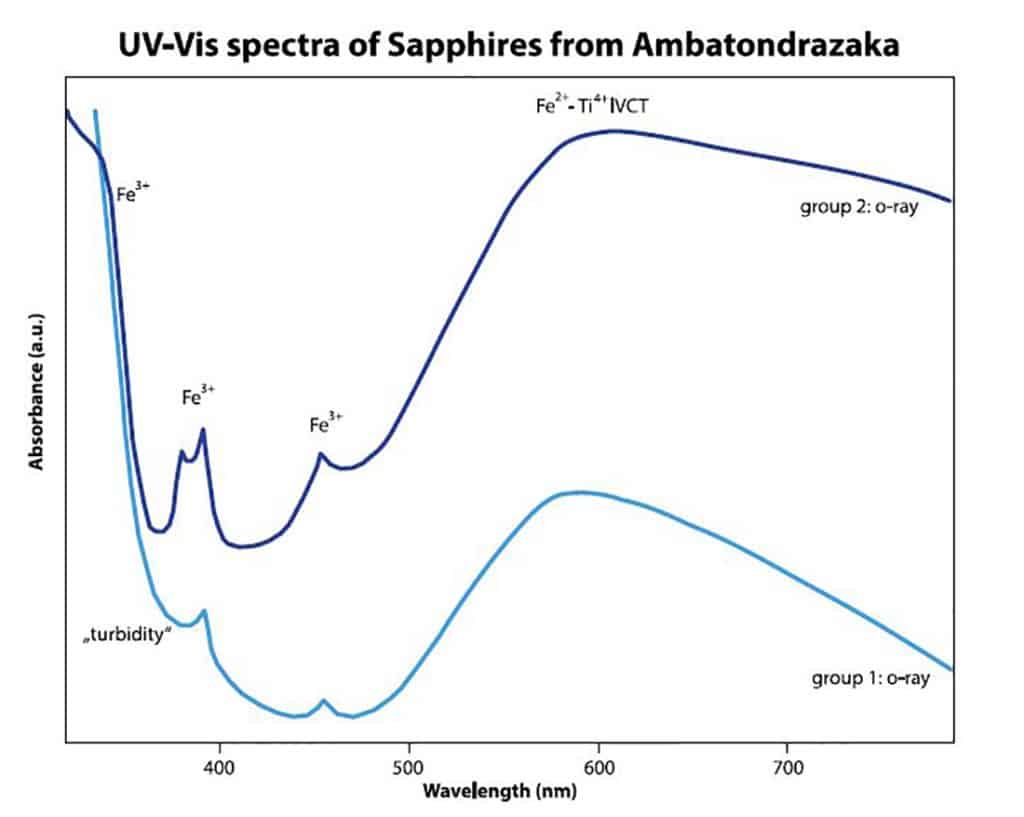
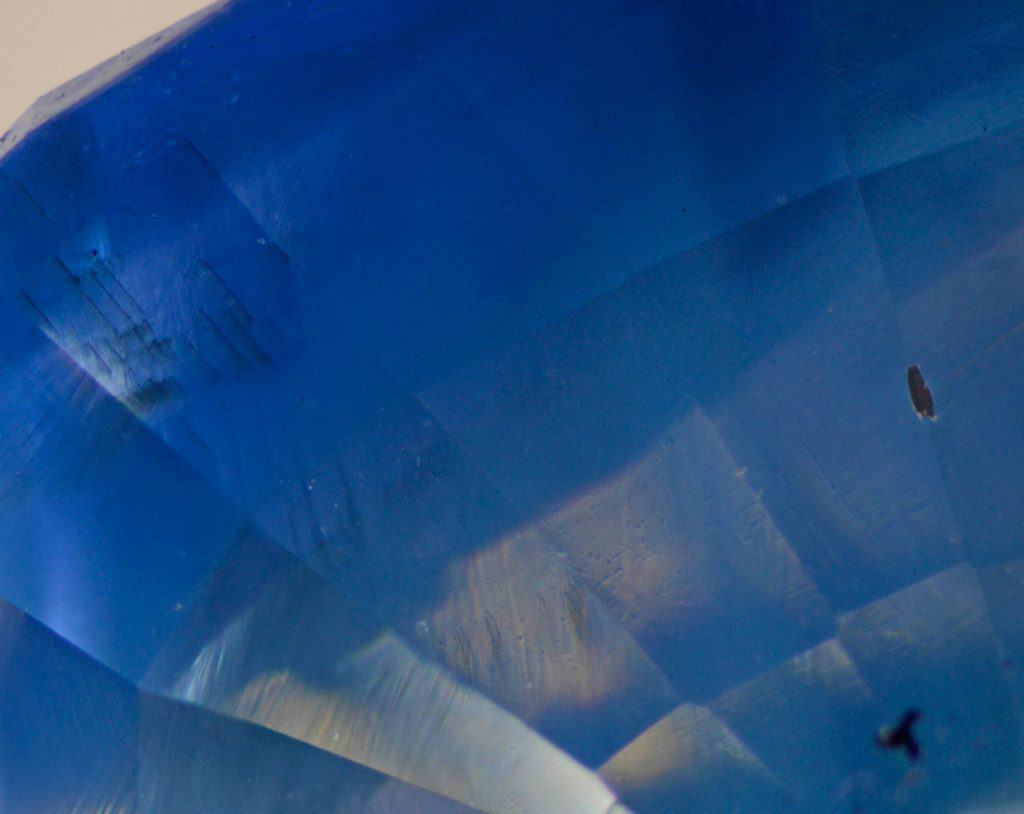
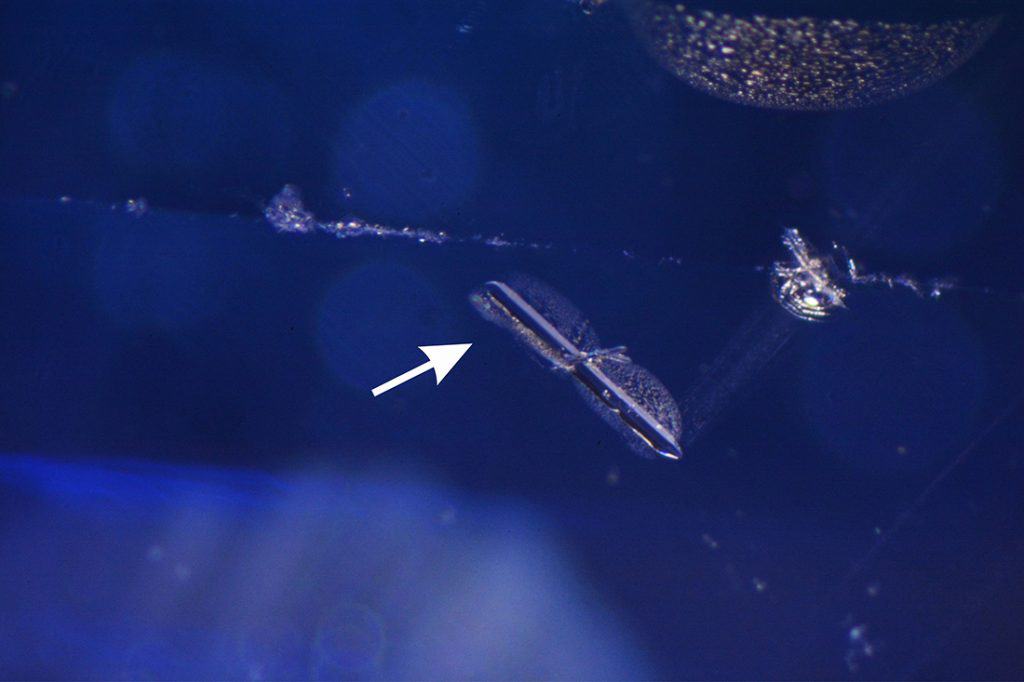
Want to learn more about sapphires?
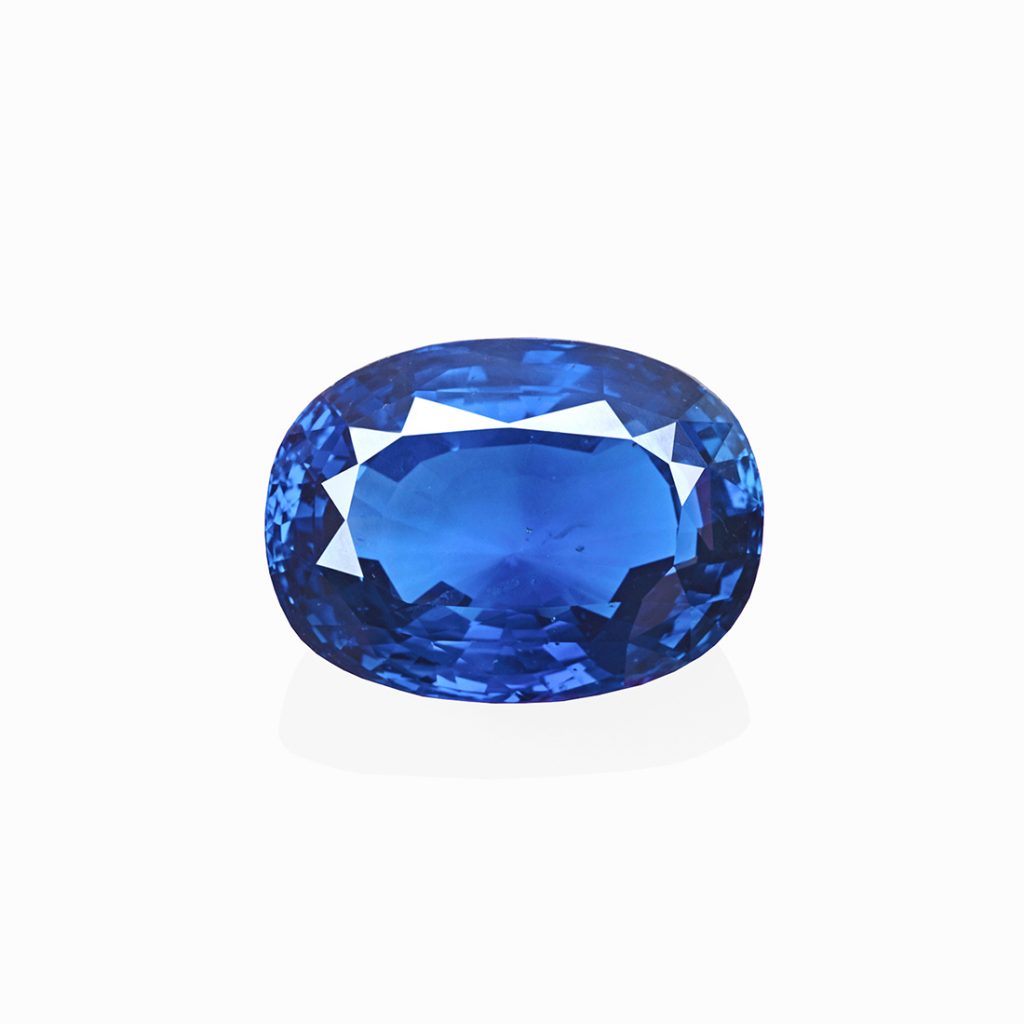
Sign up for our free online course: Introduction to sapphires
